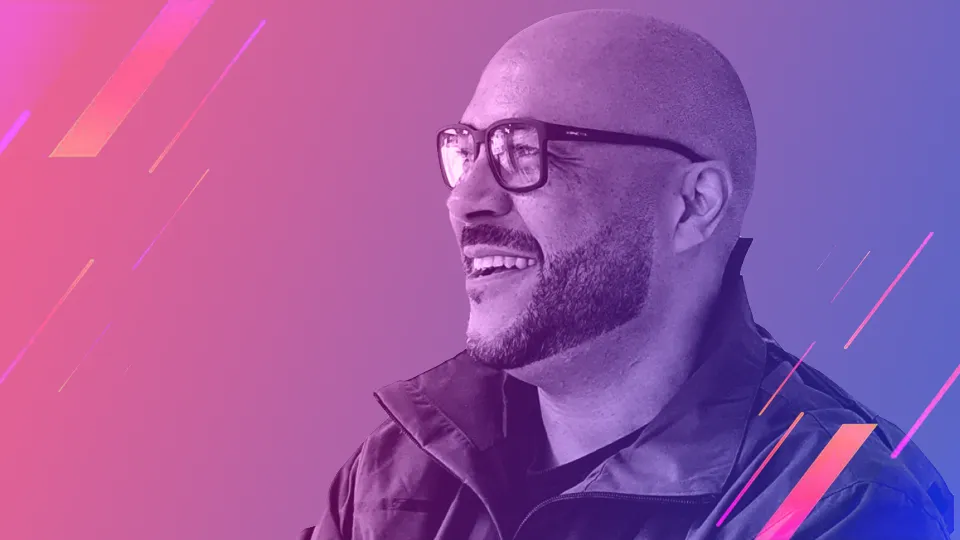Guidelines for UX and UI Design Portfolio
Ubiratan Silva, M. Sc.
Guidelines for UX and UI Design Portfolio
Ubiratan Silva, M. Sc.

I'm often asked what the formula is for a good digital design portfolio (UX and UI Design). While I don’t believe there’s a single formula, I do think there’s at least a basic structure that is commonly expected in hiring processes for these positions.
So here’s a basic guide that I believe is useful for building a focused portfolio that clearly presents both the professional and their work.
To start, I believe your portfolio should be a hybrid between a résumé and a portfolio, but with an emphasis on your work and the processes that led to those projects.
Introduction: One or two short paragraphs (up to about 10 lines) summarizing your academic and professional journey, your main skills and interests, and the role you currently have and the one you’re aiming for. This introduction should serve as a condensed cover letter that touches on these points.
Your portfolio should include:
- A presentation of yourself: personal and contact details, a photo, language skills
- Your work processes: such as Design Thinking, Double Diamond, UX Process, etc.
- Your skills: both hard and soft, including technical abilities like personas, empathy maps, user journey maps, blueprints, screenflows, user flows, wireframes, etc.
- Your personal interests: hobbies and side activities
- Your most relevant professional experiences
- Your pursuit of knowledge: courses, conferences, lectures, events, workshops related to your field
- Your most relevant projects with process storytelling. From understanding the problem or need, through sketches and iterations, to final delivery. This helps to demonstrate how you think, the techniques you use, and how you solve problems throughout the design journey.
It can be a real or fictional project — for a friend, a nonprofit, an imaginary startup, or volunteer work. What matters is practicing the process and techniques.
All of this should be illustrated with photos of your design activities, sketches, wireframes, infographics, high-resolution final layouts, and links to interactive prototypes. Always aim for visual identity aligned with each case, clarity, and organization.
You can use platforms like Behance or Dribbble to host these projects and create a portfolio link. However, I recommend registering your own domain and creating your own website with your personal URL. You are your brand.
Have both an online and offline version (such as a PDF), and keep both Portuguese and English versions available.
Make sure your LinkedIn reflects the same content. Generate and share content on both your portfolio and professional networks. We live in the age of content, and you are your content.
Whenever possible, share your professional achievements, new work, and ideas on social media. Communicate with your ecosystem.
More about portfolios:
- Don’t leave it for later
- Keep it up to date
- Network
- Be curious
- Always stay eager to learn
- Constantly seek references — a designer is stronger with more references
Merry Christmas and a fantastic New Year full of growth and achievements for you and your family. Head held high, always fighting, reinventing yourself, and collaborating.
Digital Design Lead / PhD Candidate in Design at UFRGS / M.Sc. in Design / Professor / Consultant / Design Leadership / Designer
Keywords: